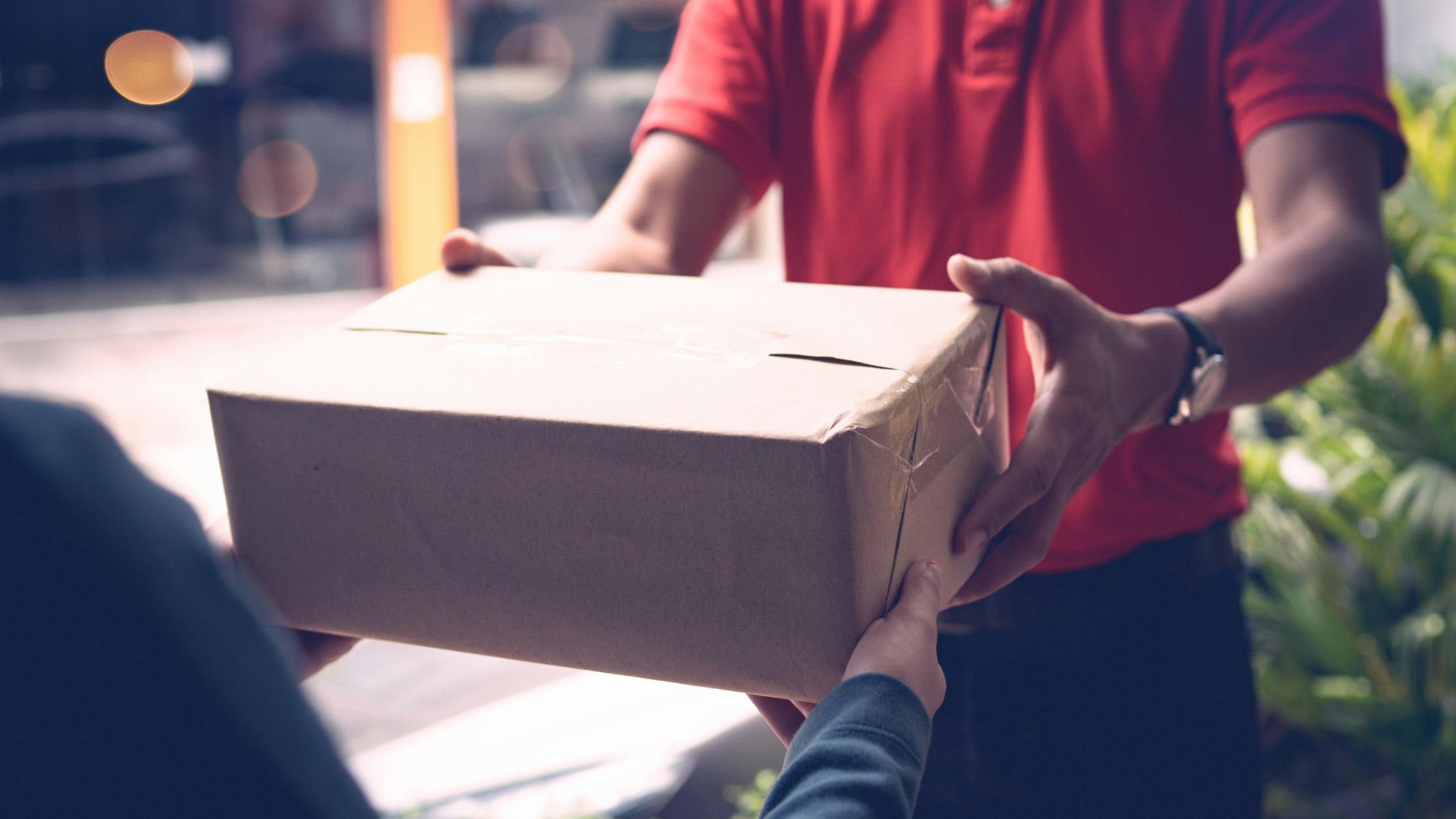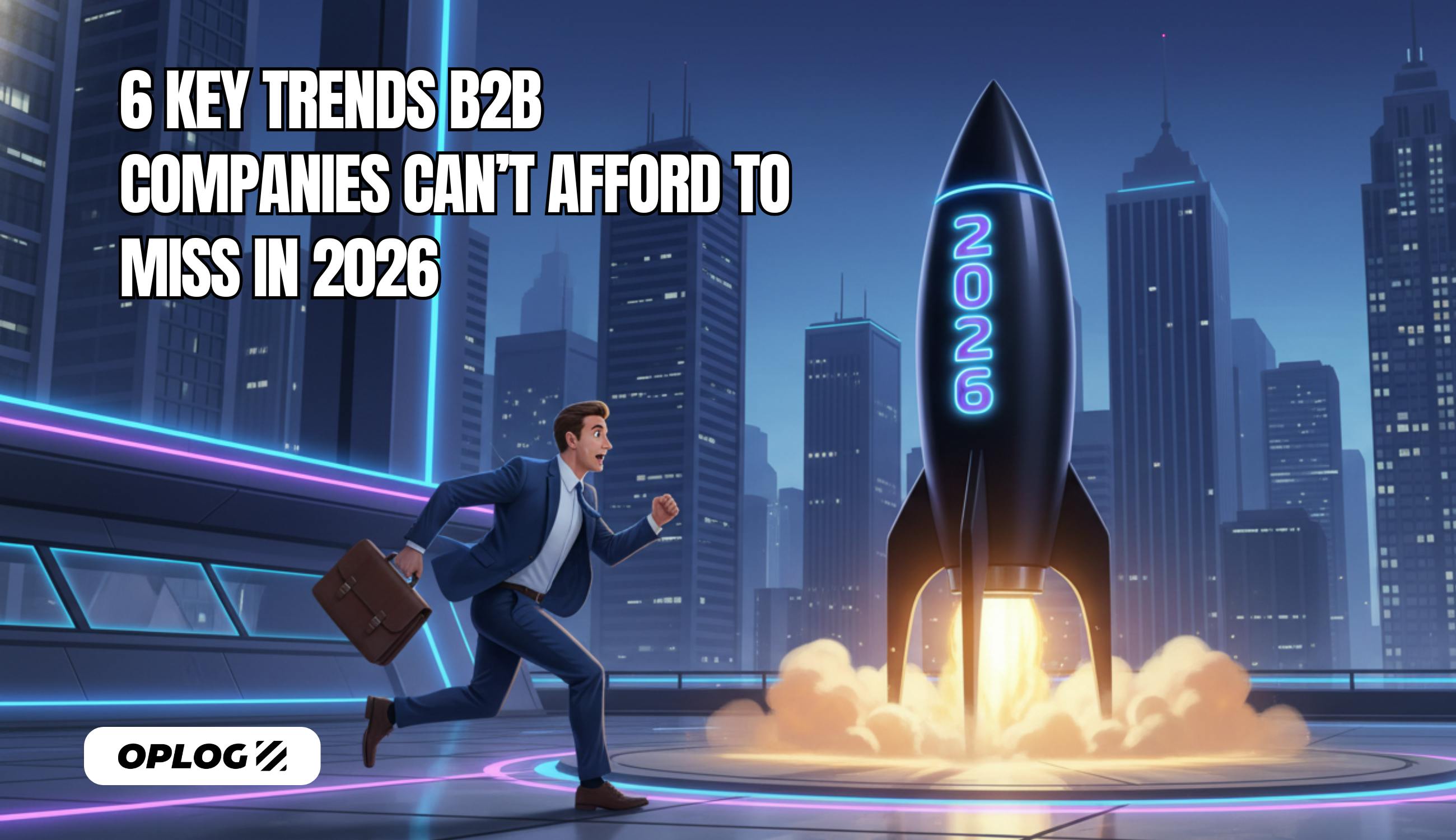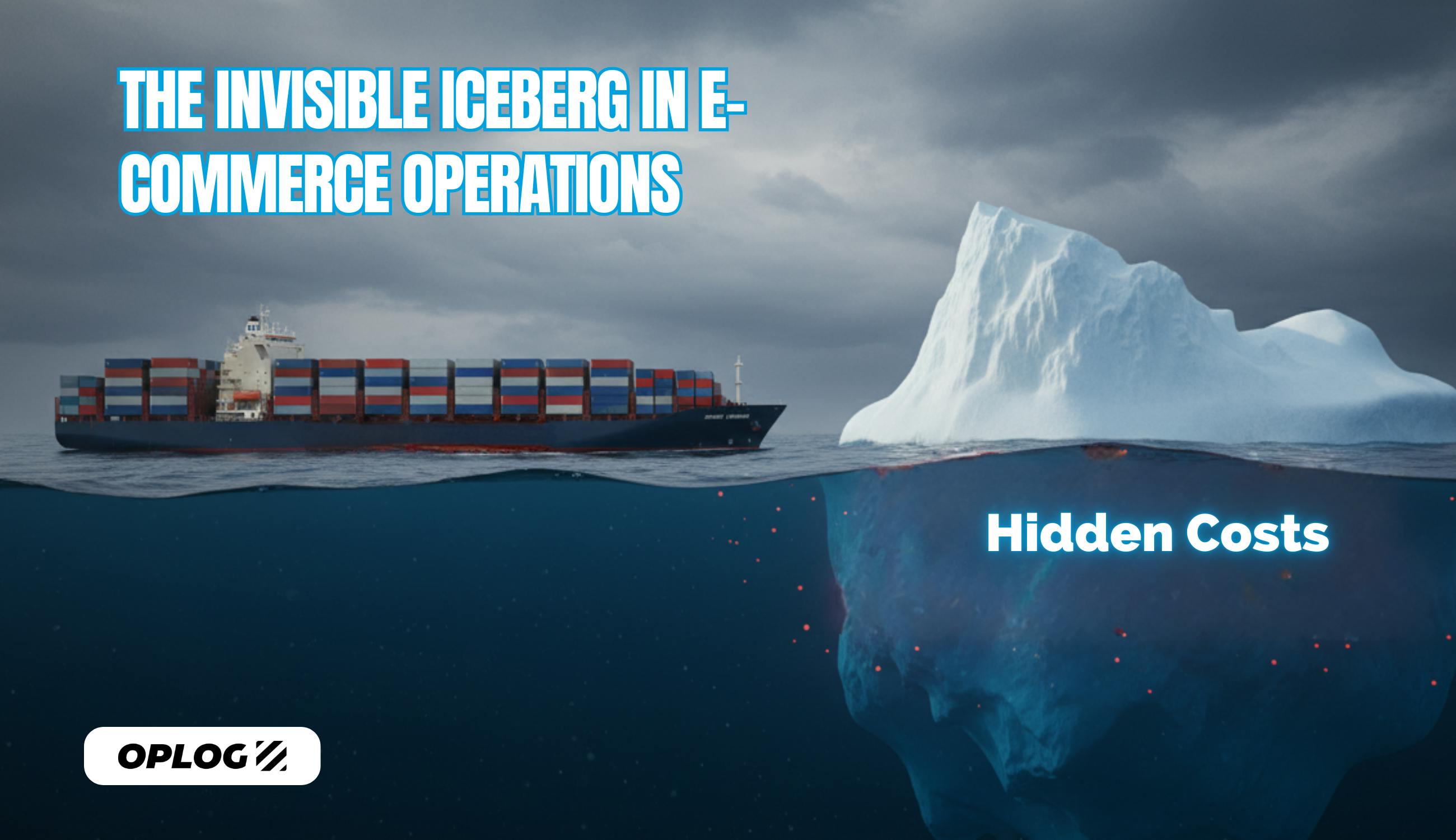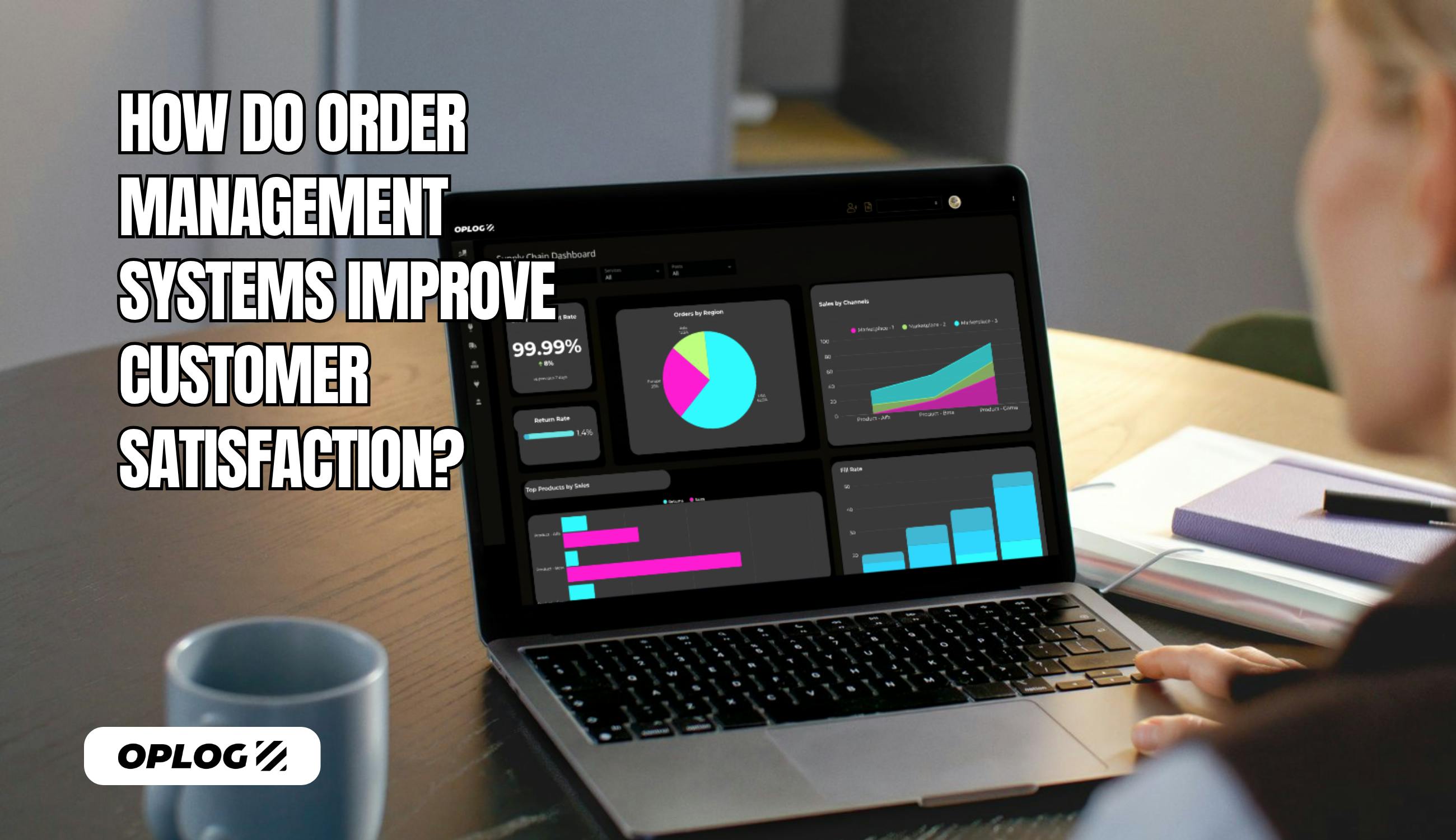Same-day delivery fulfillment has crossed a critical threshold in 2024. What once commanded premium pricing and selective availability has rapidly transformed into a baseline customer expectation. The global same-day delivery market, valued at $8.21 billion in 2023, is projected to reach $40.51 billion by 2032—a staggering 19.4% compound annual growth rate that reflects not just market expansion, but a fundamental shift in consumer behavior and business operations.Same-day delivery fulfillment has crossed a critical threshold in 2024. What was once a premium service with limited availability has rapidly evolved into a baseline customer expectation. According to a report by GlobeNewswire (2024), the global same-day delivery market was valued at $8.21 billion in 2023, and is projected to reach $40.51 billion by 2032, representing a compound annual growth rate (CAGR) of 19.4% over the forecast period
Yet behind this explosive growth lies a more complex truth: the future of same-day delivery isn't just about proximity to customers. It's about building robot-native operations, implementing predictive inventory placement, and leveraging AI routing systems that can adapt to real-time demand fluctuations. The companies thriving in this new landscape understand that location alone is no longer sufficient—operational intelligence at every level determines success.
From Premium Service to Baseline Expectation
The transformation of same-day delivery from luxury to necessity has been remarkably swift. In 2022,approximately 73% of US retailers are planning to implement same-day delivery services, a clear indicator that businesses recognize this shift. Amazon, leading this charge with over 750,000 robots deployed across its facilities in 2023—a 40% increase from the previous year—demonstrates how automation has become essential rather than optional.
This market evolution reflects deeper changes in consumer psychology. More than 55% of Americans aged 18-34 now maintain delivery subscriptions for various retail services, highlighting their expectation for rapid fulfillment. The COVID-19 pandemic accelerated this trend, with lockdowns pushing consumers toward digital channels and creating lasting behavioral changes that prioritize convenience and speed.
The Limitations of Location-Based Fulfillment
Traditional fulfillment strategies have centered on geographic proximity—placing warehouses closer to customers to reduce shipping times. While location remains important, this approach alone cannot meet the demands of modern same-day delivery expectations. The challenge is multifaceted: inventory must be strategically positioned, operations must run with clockwork precision, and systems must adapt dynamically to changing conditions.
Consider the complexity: a customer in Manhattan might order a product at 2 PM expecting same-day delivery. Success depends not just on having a nearby warehouse, but on ensuring the right product is in stock, the picking process is optimized, the routing algorithm accounts for traffic patterns, and the entire operation coordinates seamlessly. This level of coordination requires more than proximity—it demands intelligent automation.
The limitations become apparent during peak periods. Black Friday 2024 saw many traditional fulfillment operations buckle under pressure, despite adequate warehouse coverage. The bottleneck wasn't distance but operational capacity and the ability to scale intelligently in real-time.
Robot-Native Operations: Redefining Fulfillment Speed
The most successful same-day delivery operations in 2024 share a common characteristic: they're built around robotic automation from the ground up, rather than retrofitting human-designed processes with automated components. This robot-native approach fundamentally changes how fulfillment centers operate, creating unprecedented efficiency gains and accuracy improvements.
Amazon's deployment of 750,000 robots across its network exemplifies this transformation. These aren't just automated guided vehicles (AGVs) following predetermined paths—they represent sophisticated autonomous mobile robots (AMRs) that make intelligent decisions, collaborate with human workers, and adapt to changing warehouse conditions in real-time. The result: 99% inventory accuracy and 76% improvement over traditional operations.
Collaborative robots, or "cobots," have emerged as particularly effective solutions. Unlike traditional industrial robots confined to safety cages, cobots work alongside human employees, handling repetitive tasks while humans focus on complex decision-making. This collaboration has proven 85% more productive than human-only or robot-only teams, demonstrating the power of human-machine collaboration in fulfillment operations.
Automated Storage and Retrieval Systems (AS/RS) represent another crucial component. These systems optimize vertical space utilization while maintaining sub-second retrieval times. The technology has evolved beyond simple storage solutions to become intelligent inventory management platforms that predict demand patterns and pre-position products for maximum efficiency.
Predictive Inventory Placement: Intelligence at Scale
The next evolution in same-day delivery fulfillment moves beyond reactive inventory management to predictive positioning. AI fulfillment solutions analyze vast datasets—historical sales patterns, seasonal trends, regional preferences, social media sentiment, and even weather forecasts—to predict what customers will want before they know it themselves.
Mahindra's implementation of AI-driven predictive analytics achieved remarkable results: 10% improvement in forecast accuracy, 10% increase in service levels, and 20% reduction in inventory investment. These metrics illustrate how predictive inventory placement transforms operational efficiency while reducing capital requirements.
Machine learning algorithms continuously refine these predictions, learning from every transaction, return, and customer interaction. The systems identify micro-trends that human analysts might miss—perhaps certain products sell faster on rainy days in specific regions, or social media trends predict demand spikes for particular categories.
This intelligence extends to inventory positioning across networks. Rather than maintaining uniform stock levels across all locations, AI systems optimize distribution based on predicted local demand, ensuring high-velocity items are positioned closest to likely customers while slower-moving inventory is centralized for cost efficiency.
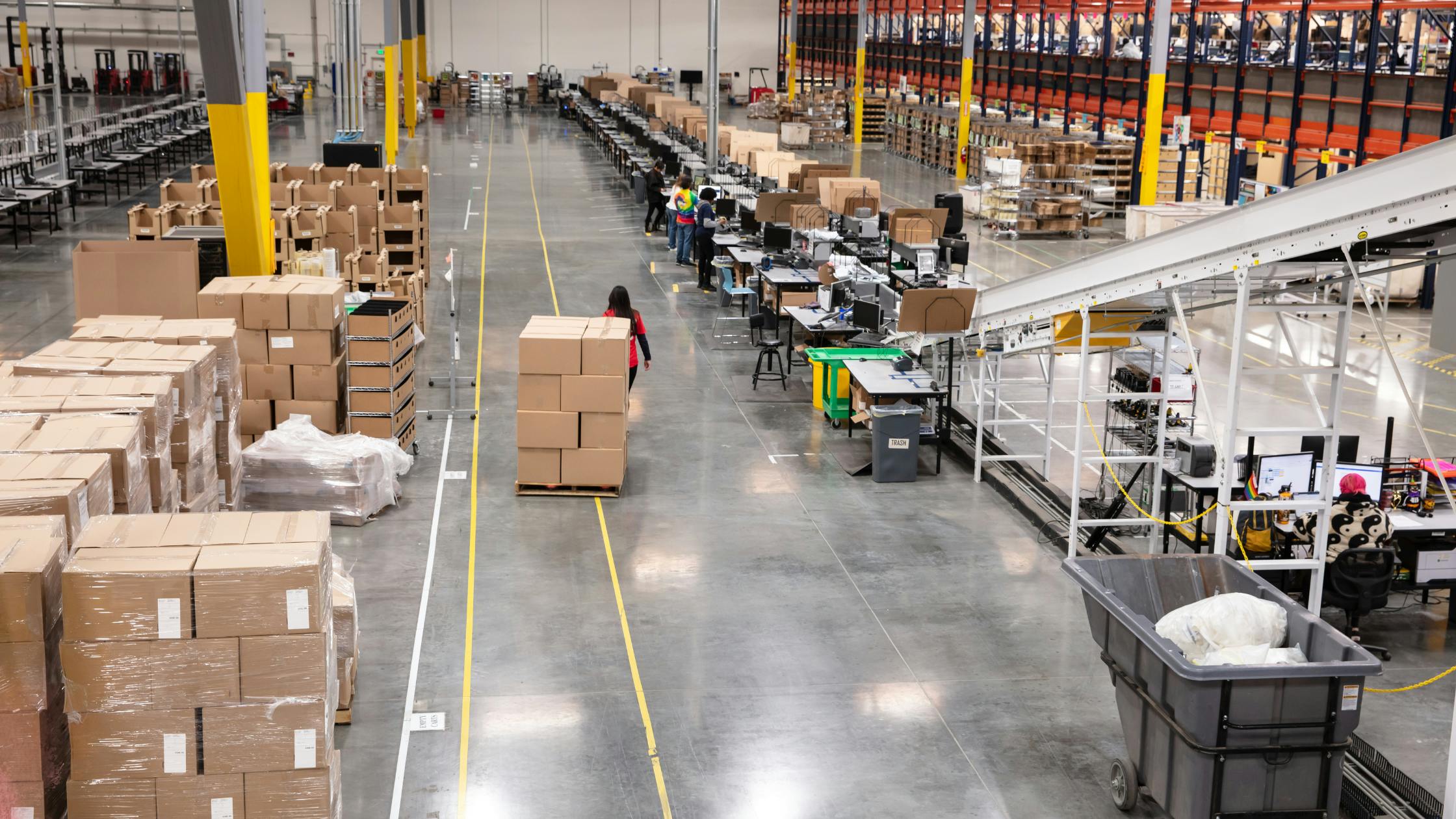
AI-Powered Real-Time Routing: The Last Mile Revolution
Real-time order routing represents perhaps the most visible application of AI in same-day delivery, transforming the last mile from a logistical challenge into a competitive advantage. Modern routing systems process hundreds of variables simultaneously—traffic patterns, weather conditions, driver locations, delivery time windows, package sizes, and customer preferences—to optimize every delivery decision.
The sophistication of these systems extends beyond simple route optimization. They predict traffic conditions based on historical patterns and real-time data, adjust routes dynamically as conditions change, and even reroute deliveries to optimize overall network efficiency. Some systems can predict and prevent delivery failures before they occur, automatically adjusting routes when algorithms detect potential issues.
Automated last-mile delivery technologies are expanding beyond traditional vehicles. Drone delivery systems, while still limited in scope, show promise for specific use cases. Amazon's expansion of drone delivery to Arizona in 2024demonstrates how autonomous systems can handle certain delivery categories, particularly in suburban areas where traditional vehicles face efficiency challenges.
The integration of Internet of Things (IoT) sensors throughout delivery networks provides real-time visibility into every aspect of the operation. GPS tracking, temperature monitoring for sensitive products, and even predictive maintenance alerts for delivery vehicles ensure smooth operations and prevent service disruptions.
Smart Warehouse Networks: The Infrastructure Revolution
Smart warehouse networks represent the convergence of all these technologies into unified fulfillment ecosystems. These networks leverage 5G connectivity to enable ultra-fast data transmission between systems, supporting real-time coordination across multiple facilities and ensuring seamless information flow.
The Internet of Things (IoT) plays a crucial role in creating these intelligent networks. RFID tags provide real-time inventory tracking, while sensors monitor everything from equipment performance to environmental conditions. This comprehensive data collection enables warehouses to operate with unprecedented visibility and control.
Walmart's early adoption of RFID technology, mandating RFID tags on all products sold in US stores, demonstrates how comprehensive tracking systems enable real-time inventory visibility and enhanced supply chain coordination. This level of visibility becomes essential for same-day delivery operations where inventory accuracy directly impacts customer satisfaction.
The move toward interconnected digital ecosystems creates multiplier effects. When robotics, AI, RFID, and predictive analytics work together, the combined impact exceeds the sum of individual components. These integrated systems can automatically adjust inventory levels, optimize staffing, predict maintenance needs, and even adapt to changing customer preferences without human intervention.
Building Tomorrow's Fulfillment Infrastructure Today
The companies succeeding in same-day delivery have recognized a fundamental truth: this isn't about faster versions of yesterday's operations—it's about building entirely new operational models designed for speed, accuracy, and scale. Same-day delivery isn't a premium service anymore; it's becoming the baseline expectation, and businesses must architect their fulfillment networks accordingly.
Forward-thinking logistics providers are already implementing this vision. By combining robotics-powered fulfillment networks with AI-driven order routing, they're creating systems that can deliver faster, more accurately, and at scale—without the traditional overhead that makes same-day delivery prohibitively expensive.
The infrastructure investments being made today will determine competitive positioning for the next decade. Regional hub strategies, coupled with predictive inventory placement and real-time routing optimization, create sustainable competitive advantages that become stronger over time as the systems learn and adapt.
For brands looking to meet growing consumer demands, the question isn't whether to invest in AI-driven fulfillment networks, but how quickly they can implement these technologies while maintaining operational excellence. The future of same-day delivery belongs to those who understand that location was just the beginning—intelligence is the destination.
OPLOG: Scalable Same-Day Fulfillment Through Robotics and AI
Leading the shift toward intelligent same-day delivery, OPLOG equips brands with robot-native fulfillment centers, AI-driven order routing, and real-time inventory visibility—without relying on micro-fulfillment models. Its scalable infrastructure allows brands to manage peak demand, reduce operational overhead, and accelerate delivery performance across wider geographies. By eliminating manual bottlenecks and embedding automation at every step of the fulfillment process, OPLOG makes next-generation logistics not just possible, but profitable.
Ready to Modernize Your Fulfillment Strategy?
Discover how OPLOG can help your brand meet same-day delivery expectations with speed, precision, and scalability.
